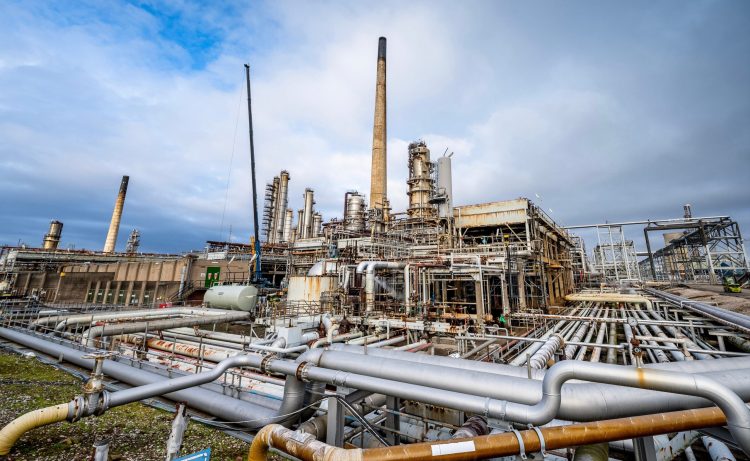Government shortlists £1bn Mersey hydrogen projects
Two projects close to the River Mersey, including a £1bn hydrogen production hub, have been shortlisted for funding by the Government. Tony McDonough reports

Two hydrogen power projects planned for the Stanlow oil refinery on the banks of the Mersey have moved a step closer to securing Government backing.
Stanlow operator Essar Oil UK (EOUK) is to build a £1bn plant to produce 3.8GW of hydrogen by 2030 by burning natural gas. A second facility will ‘capture’ the carbon emissions which will then be stored in former gas fields in Liverpool Bay.
This forms part of the wider multi-billion pound HyNet hydrogen project. It aims to pump hydrogen to factories across the North West. EOUK has partnered with Vertex Hydrogen to build this hydrogen hub.
It says the installation of carbon capture technology at the Stanlow refinery in Ellesmere Port will enable the direct capture of more than 800,000 tonnes of CO2 per year.
Both facilities are among 20 UK projects shortlisted by the Department for Business, Energy & Industrial Strategy. They have been selected as part of the Government’s Carbon Capture, Usage and Storage (CCUS) Cluster Sequencing programme.
However, carbon capture and storage is not without its critics. There are a number of different ways of producing hydrogen. The three most popular methods are called ‘grey’, ‘blue’ and ‘green’.
Grey hydrogen is produced using fossil fuels with little or no environmental benefit. Green hydrogen is the cleanest of all. It is produced via a process called electrolysis using renewable energy such as wind or solar power. However, there is not yet sufficient installed renewable capacity to make it viable on a large scale in the UK.
So the Government and HyNet are, for the moment, prioritising blue hydrogen as a bridge to the eventual roll-out of green hydrogen. Key to its success is the carbon capture and storage. However, other large scale capture and storage projects around the world have had mixed results. Getting it right is critical to HyNet’s targets.
Critics of blue hydrogen claim it is just a way for the fossil fuel industry to keep burning gas for longer than is necessary. They also point out the process also produces emissions of methane, another greenhouse gas contributing to climate change.

EOUK, which currently provides 16% of all UK road fuels as well as aviation fuel to several airports, is looking to decarbonise its entire operation at Ellesmere Port. It aims to reduce carbon emissions by 90% before the end of the decade.
In the last few weeks a new £45m furnace that will be installed at the site, arrived at the Port of Liverpool. It will arrive at Stanlow via the Manchester Ship Canal. It will be more energy efficient than its current furnaces and will be capable of running on 100% hydrogen.
This furnace has the potential to reduce 242,000 tonnes of CO2 every year once it is powered by hydrogen from 2026, EOUK claims. Deepak Maheshwari, chief executive of EOUK, said: “Essar Oil UK continues to deliver on its promise of leading the UK’s low carbon transition.
“Our programme of major investment is decarbonising our own operations and supporting the development of a low carbon economy across the North West and North Wales, creating thousands of jobs and securing the long-term future of this crucial facility.”

